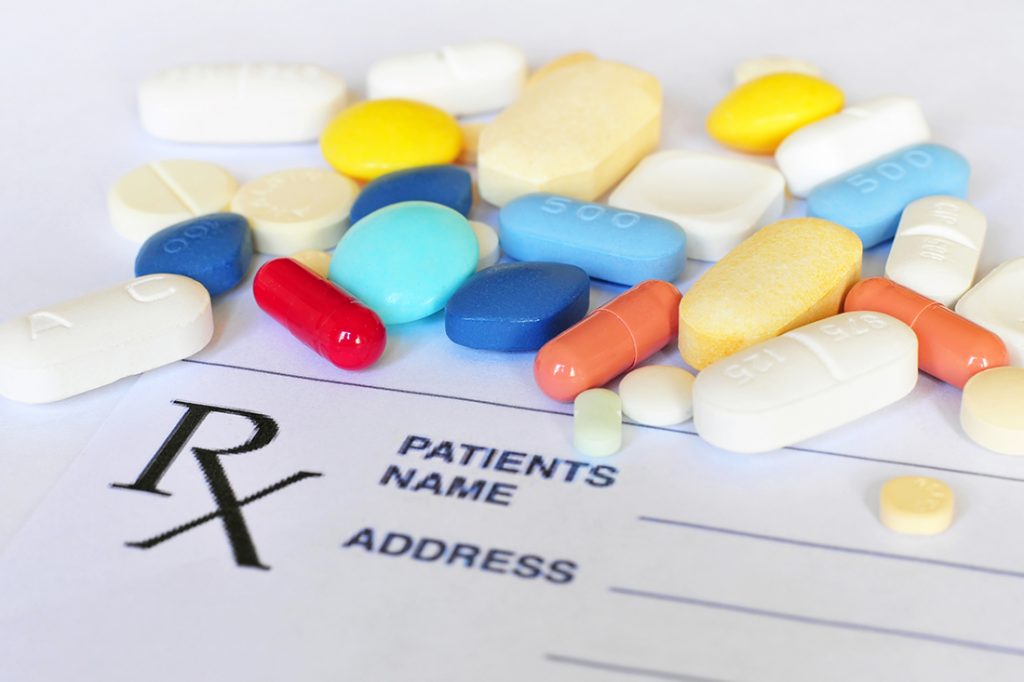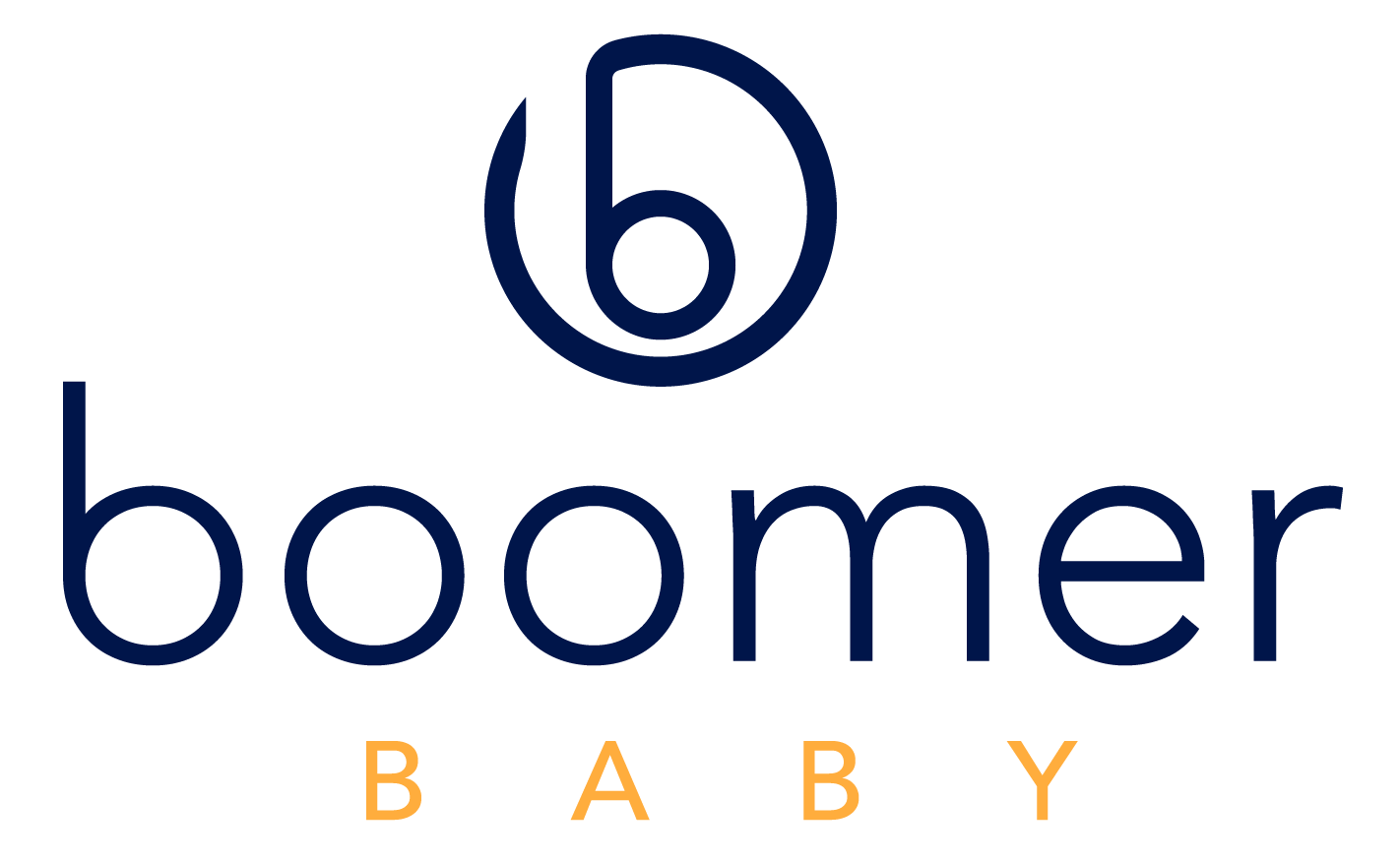
Understanding Part D Coverage and Costs
Revised on August 28, 2024
Medicare Part D prescription drug coverage may just be the most confusing part of Medicare, but it’s getting easier starting in 2025.
Estimating your annual prescription drug costs goes beyond just looking at the monthly premium of your plan. Part D costs also depend on:
- The medications you take and how frequently you take them
- Where you fill your prescriptions
- Your plan’s annual deductible
- The coverage phases you enter throughout the plan year. Important: for 2025, this part is getting simplified with the elimination of the coverage gap phase, also referred to as the “donut hole”.
Below we explain more about these factors so you can better understand how Part D coverage and costs work and feel confident in choosing a Part D plan that best fits your needs. Keep in mind that the Part D plan with the lowest monthly premium may not be the plan with the lowest total overall costs. It is important to find a Part D plan that provides coverage for the medications you need, and includes your pharmacy choice in-network, to avoid any unnecessary surprises. We also recommend taking a look at what your estimated share of the costs will be when you fill your prescriptions to avoid unnecessary surprises.
Although your medication needs may change in the future, entering your medications, including the dosage and frequency as well as pharmacy preference, when shopping for plans will help reveal the most accurate cost estimates.
Read on for information about costs and coverage when it comes to Part D plans.
1. Medications
There are two important things to know about how your medications influence your out-of-pocket costs. First, each drug plan has its own “formulary”. A formulary is a list of drugs that the plan covers. It is important to check a plan’s formulary to confirm if your drugs are covered. If a prescribed medication is not on a plan’s formulary, you may request a formulary exception from the plan or choose to pay for the full cost of the drug out of your own pocket. Sometimes a prescribed drug is included in the formulary but is subject to restrictions such as a quantity limit or dosage limit. Most plans require that your doctor submit a formulary exception on your behalf indicating the reason that you can’t take the preferred medications and must have one that is not currently on the formulary. There is typically specific paperwork that must be turned in as part of the exception process. Make sure to call your health plan and obtain copies of the correct forms to be submitted to make your doctor’s role easier and avoid delay.
Second, medications included in a plan’s formulary are placed into tiers. Although Part D plans generally use the same 6-tier formulary shown below, tier placement can vary across plans for the same medication. The costs of drugs vary by tier and by coverage phase.
Tier 1 – Preferred Generic
Tier 2 – Generic
Tier 3 – Preferred Brand
Tier 4 – Non-Preferred Brand
Tier 5 – Specialty Tier
Tier 6 – Select Diabetic Drugs
2. Where you fill your prescriptions
Your costs can also vary depending on where you fill your prescriptions. Most Part D plans have preferred pharmacy networks that offer drugs at lower levels of cost-sharing. This may include retail and/or mail order partners. Your out-of-pocket costs may be higher if you use non-preferred pharmacies. If a pharmacy is out of network with your Part D plan, you may be responsible for the full cost of your drugs. Beneficiaries who qualify for Medicare “Extra Help”, also known as the Part D Low-Income Subsidy (LIS) and assists Medicare beneficiaries with limited income and resources in paying for their Medicare prescription drug costs, have lower out-of-pocket drug costs regardless of a pharmacy’s preferred status. Keep in mind you cannot use drug discount coupons and your Part D plan together. If you fill prescriptions with a drug discount coupon, the costs will not count toward your Part D spending thresholds.
3. Your Plan’s Annual Deductible
The Medicare Part D deductible is the amount you must pay for your prescription drugs before your plan begins to pay. The Part D deductible can vary by plan, but Medicare sets the allowed maximum. Some plans have a $0 deductible. In 2024, the maximum allowed deductible for any Part D plan is $545. The maximum allowed deductible for any Part D plan will go up to $590 in 2025. However, not all drugs are subject to the deductible. For example, in some plans, the deductible may only apply to tier 2 or 3 drugs or higher.
4. The Coverage Phases You Enter Throughout the Year
Beginning in 2025, every Medicare Part D plan will have 3 distinct coverage phases and cost sharing varies by coverage phase. The coverage gap phase, also referred to as the “donut hole” is eliminated in 2025. Here’s what you need to know about the different Part D coverage phases.
Deductible Phase
This is the first phase each plan participant starts out in. In this phase, you are 100% responsible for your prescription drug costs until your deductible is met. Remember, not all drugs are subject to the deductible, and not all plans have a deductible, so be sure to understand if and how this applies to your situation.
Initial Coverage Phase
After you meet your deductible, if applicable, you move into the Initial Coverage Phase. During this phase, you pay a copay or coinsurance for your drugs based on the drug’s tier. Remember that copays and coinsurance can vary by plan and vary depending on where you fill your drugs. Preferred network pharmacies usually offer drugs at the lowest level of cost-sharing. In 2024, you remain in this initial coverage phase until you and your plan spend $5,030 combined on drugs, including your deductible if applicable. Beginning in 2025, out of pocket costs are capped at $2,000 for the year for covered drugs. If you have expensive medications, your out-of-pocket costs will not exceed $2,000 for covered drugs for the plan year, which runs January 1 – December 31.
Coverage Gap (also known as the “Donut Hole”)
This phase is being eliminated in 2025. In 2024, the coverage gap phase still applies and you enter this phase once you and your plan spend a combined $5,030 during the year. Many people do not reach this phase but if you do, during this phase, you pay no more than 25% of the cost for all drug tiers (brand-name drugs and generic drugs) until a combined $8,000 threshold is reached. This amount includes what you spend out of pocket plus the value of the applicable manufacturers drug discounts for brand name drugs. Once these shared out-of-pocket costs reach $8,000 in 2024, you’ll leave the Coverage Gap phase. Note that at this amount, Part D enrollees who take only brand name drugs in 2024 will have spent an estimated $3,300 out of their own pockets and will then face no additional costs for their medications. Cost-sharing in the coverage gap phase will be eliminated in 2025 and Part D enrollees’ out-of-pocket drug costs will be capped at $2,000.
Catastrophic Coverage –
The 5% cost sharing coinsurance for this phase has been eliminated beginning in 2024. If you exit the Coverage Gap and enter the Catastrophic Phase, your cost sharing for medications will be $0 for the remainder of the year for your covered medications.
How do you know if you are in the Part D plan that best fits your needs?
Part D plans and pricing can change annually, and your medication needs may change too. We recommend re-evaluating your Medicare Part D prescription drug coverage every year during the annual Open Enrollment Period (AEP) which runs October 15 thru December 7. During this time, you can make a change to your Part D plan and any changes made will be effective on January 1st. If you get your Part D coverage included with your Medicare Advantage plan, you can make changes to your coverage during AEP, or, you get a one-time opportunity to do so during Medicare’s Open Enrollment Period (OEP) which runs January 1 – March 31. OEP is only for those currently on a Medicare Advantage plan and only one change is allowed during this period.
